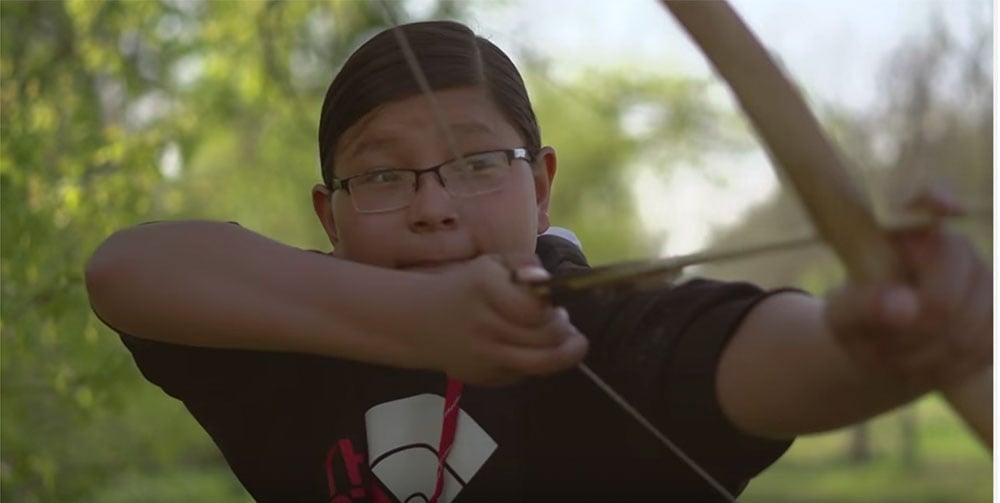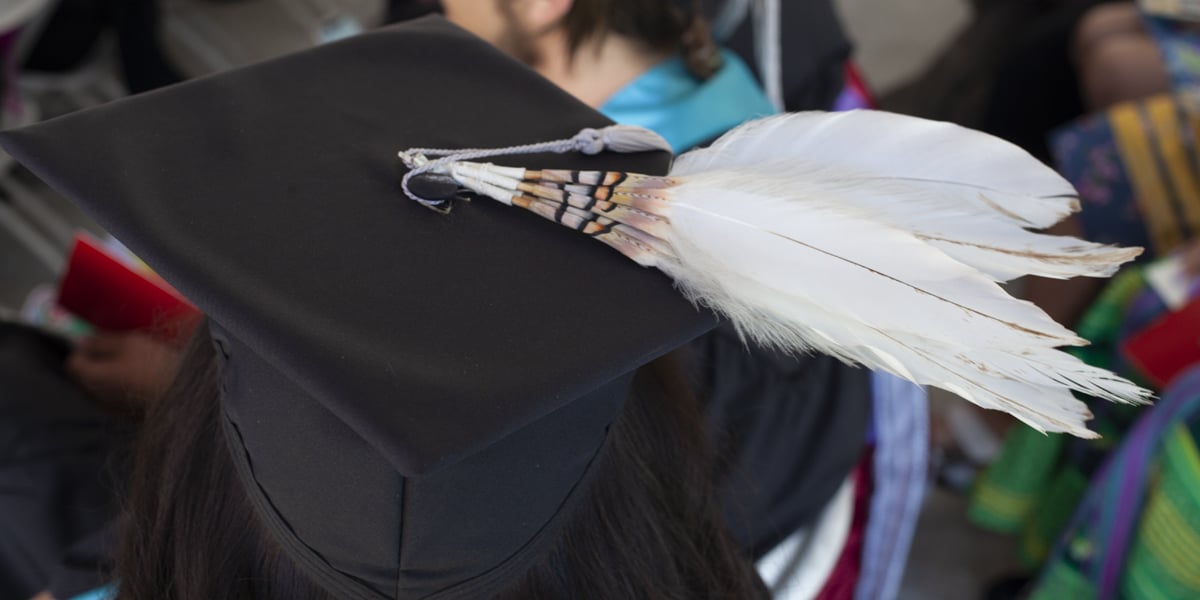Jun 21, 2018 | Native Hope
“I knew growing up that at some point I was supposed to be the things I learned in the stories: compassionate, honorable, and brave, and so forth. I knew this because the storytellers lived the lessons they imparted in their stories, and practiced what they preached: they were compassionate, they were honorable, and they were brave and wise.”
These words from the famous Lakota author, Joseph Marshall, communicate the power of the stories we hear as we grow up. The stories we grow up hearing about our parents and grandparents, about the world and how it came to be, about our communities, about what makes for a good life shape our minds and imaginations. These stories shape the size and scope of our dreams for ourselves and what we can achieve.
A new museum run by Native Americans
An exciting new venture is taking shape in the Black Hills of South Dakota, an effort to establish a permanent place that will show and tell the true story of the Lakota people: the Lakota Dream Museum and Monument. This effort is the initiative of Adonis Saltes, a Oglala Sioux from Pine Ridge Indian Reservation, who is passionate about creating a space for his own people to share their story, grow in a sense of identity, and find hope.
Adonis comes from an extended family of strong Native men and women. His grandmother, Yvonne "Tiny" DeCory, a Native Hope Fellow, has spent decades of her life helping the young people of Pine Ridge fight the demons of depression, addiction, hopelessness, and family trauma. Her work in suicide prevention is saving the lives of many teenagers, and she is revered and beloved by the whole community. Now, her spirit also lives and moves in her grandson, Adonis, as he works to build up the lives and memories of his people through the Lakota Dream.
Although the project is still in its fundraising stages, Saltes has already assembled an incredible team of Native academics, entrepreneurs, athletes, archeologists, and community organizers who are working to help bring the dream to life.
The Lakota Dream Museum plans to offer programs that focus on the following issues:
- Lakota Language Revitalization
- Educational Support
- Internships
- Suicide Prevention
- Workforce Development
- Small Business Loans
- Lakota Dream Educational Scholarships
- Therapy through Arts and Crafts
- Ceremonial/Traditional Teachings
This project represents the first time a Native American tribe will tell the history of their own people from the perspective of those who have lived it and in the sacred lands where they have lived. This museum intends to be a space where history and the present moment can be integrated and seen as a whole. The museum will tell the story of genocide, forced assimilation, and the loss of lands and culture, but it will also be a place that can celebrate the legacy of survival and growing determination of Native tribes to reclaim ancestral customs, values, and ways of life.
Returning sacred objects to Native tribes
The construction of a Lakota museum feels especially pressing to Saltes because there are items and objects belonging to the Lakota people that cannot be returned until there is a proper place to display and keep them.
As the Lakota Dream Museum website states:
“Indigenous Peoples have long been denied their histories, their traditional territories, and access to thousands of their sacred sites. The Lakota Dream Museum and Monument aims to be the first Native owned and operated museum and cultural education center that will facilitate the return and long-term protection of sacred artifacts that were stolen or otherwise unjustly taken from Indigenous Peoples. As the only museum of its kind, we will honor the living memories of Indigenous peoples by providing cultural, social, and educational programs grounded in the oral traditions and traditional knowledge systems unique to their communities.”
The Native American Graves Protection and Repatriation Act (NAGPRA), enacted in 1990, is legislation that describes the rights of Native peoples in relation to the human remains, funerary items, and other cultural objects that have been taken from them over the centuries. Many of these objects are currently housed or held by museums and federal agencies, and in order for them to be returned to the families and tribes to whom they belong, a lengthy repatriation process is required.
The Lakota Dream Museum hopes to be a center that can facilitate this repatriation process, helping individuals and tribes reclaim items of cultural significance and offering an appropriate place to store items that require controlled environments for preservation.
Inspiring hope through and despite history
While the emphasis of this particular museum will be on the Lakota people and the other Great Plains tribes, this project stands at the forefront of greater exploration and conversation about the history, culture, and experience of all Native peoples.
The strength of the Native American culture and way of life persists to this day. Strong Native individuals are promoting a cultural resilience, finding new yet traditional ways to be Native American in the modern age.
Native Hope is proud to support efforts like the Lakota Dream Museum as we work to inspire hope and bring healing to Native peoples through storytelling. Subscribe to our blog for more stories of hope.




COMMENTS